
Stapelia species - Plant
(MRP Inclusive of all taxes)
- Shipping ₹79 for entire order
- Dispatch in 7 days
- Country of origin: India

(MRP Inclusive of all taxes)
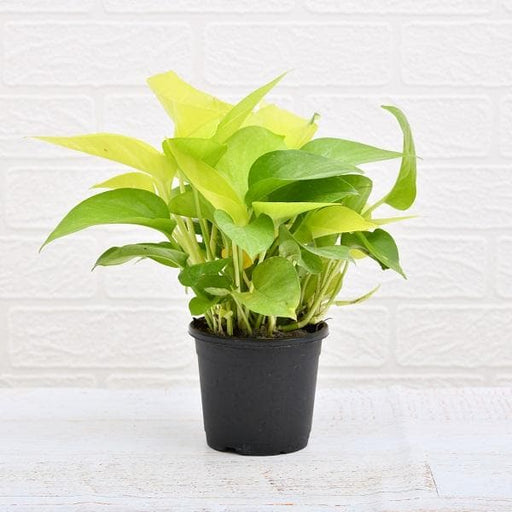 Save 29%
Save 29%
Air Purifier Money Plant with Pot The Air Purifier Money Plant, also known as Pothos or Epipremnum aureum, is a stunning indoor plant that...
View full details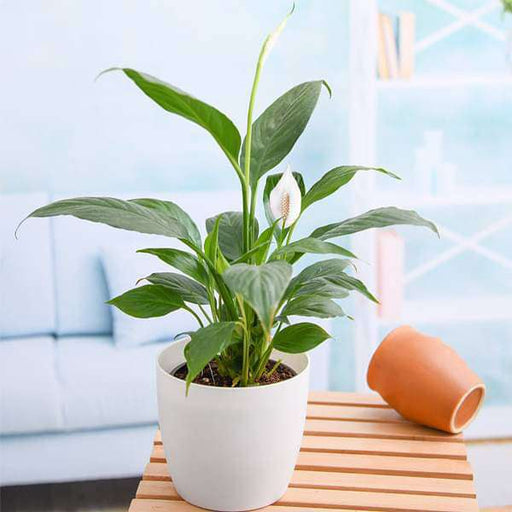
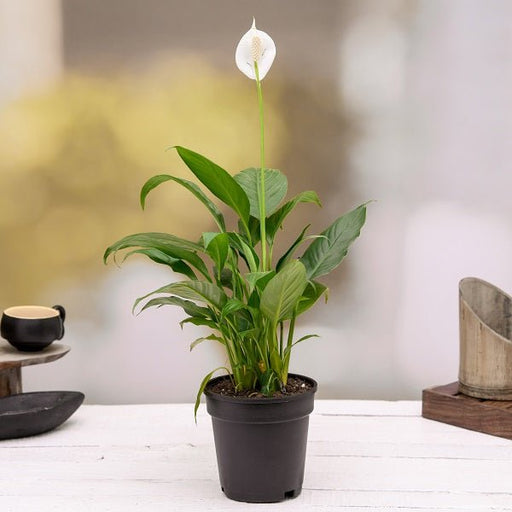 Save up to 15%
Save up to 15%
Peace Lily, Spathiphyllum - Plant The Peace Lily, scientifically known as Spathiphyllum, is a stunning houseplant celebrated for its elegant white...
View full details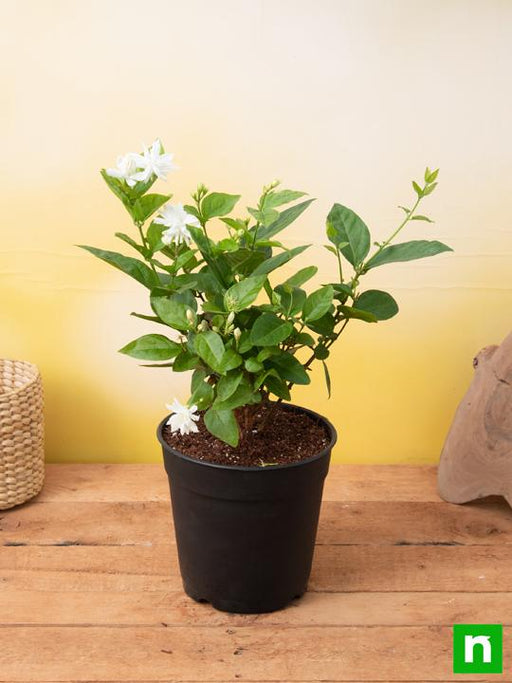
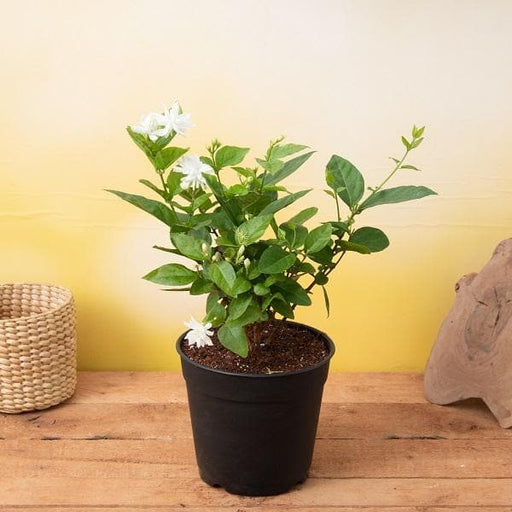 Save 25%
Save 25%
Jasminum sambac, Mogra, Arabian Jasmine - Plant Jasminum sambac, commonly known as Mogra or Arabian Jasmine, is a fragrant flowering plant...
View full details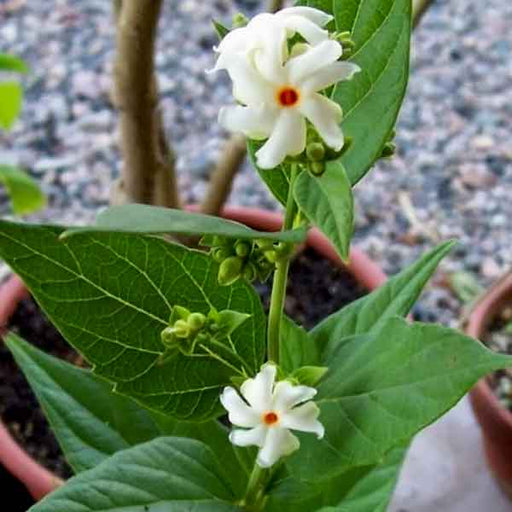
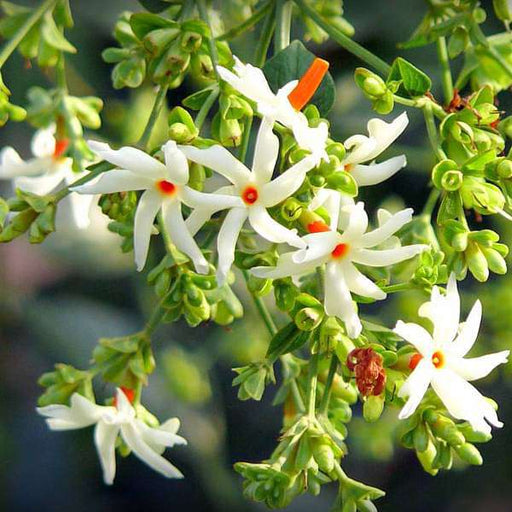 Save 18%
Save 18%
Combo Constituents Includes the Parijat Tree (Night-Flowering Jasmine), a culturally significant plant with fragrant flowers. Description The Pari...
View full details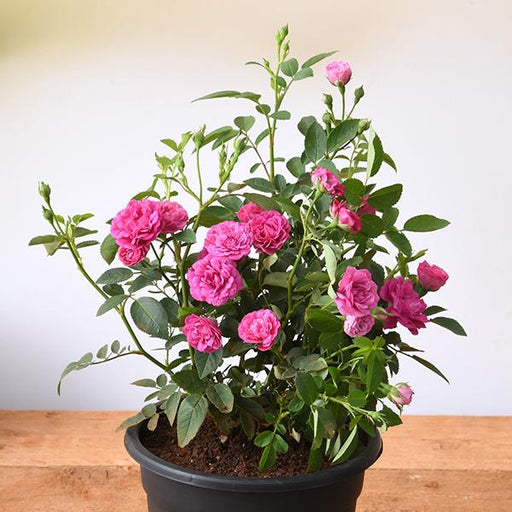
 Save 25%
Save 25%
Miniature Rose, Button Rose (Any Color) - Plant The Miniature Rose, also known as the Button Rose, is a charming and compact flowering plant that ...
View full details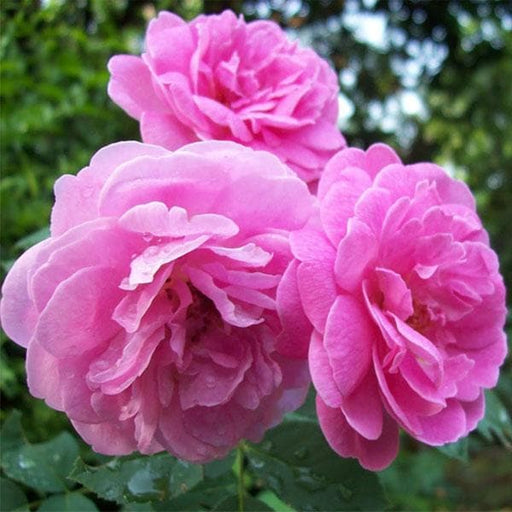 Save 25%
Save 25%
Damascus Rose, Scented Rose (Any Color) - Plant The Damascus Rose, also known as Rosa damascena, is a timeless symbol of beauty and romanc...
View full details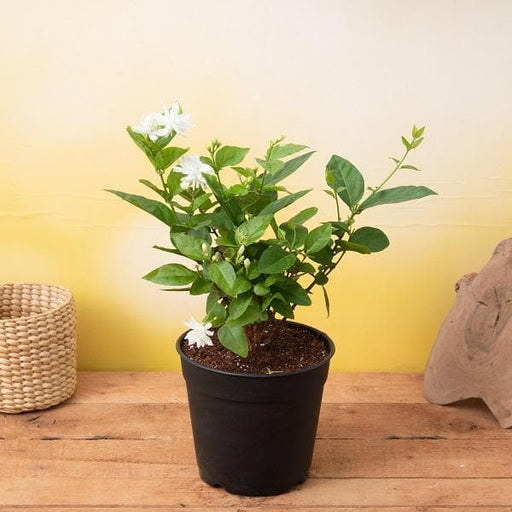
 Save 17%
Save 17%
Beautiful Fragrant Mogra, Arabian Jasmine Plant with Pot The Beautiful Fragrant Mogra, also known as Arabian Jasmine (Jasminum sambac), is...
View full details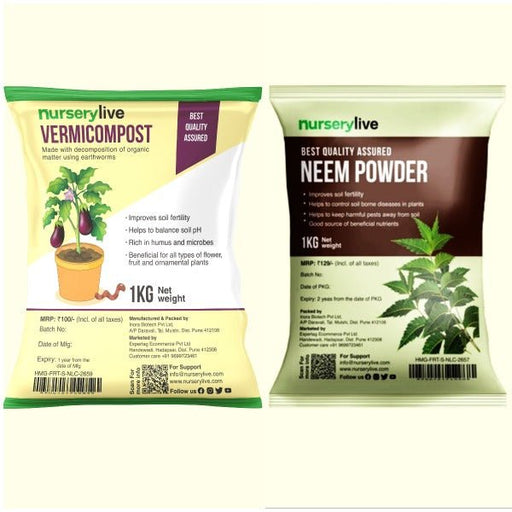 Save 15%
Save 15%
Pack of Vermicompost and Neem Cake for House Plants Transform your indoor garden with our premium Pack of Vermicompost and Neem Cake, spec...
View full details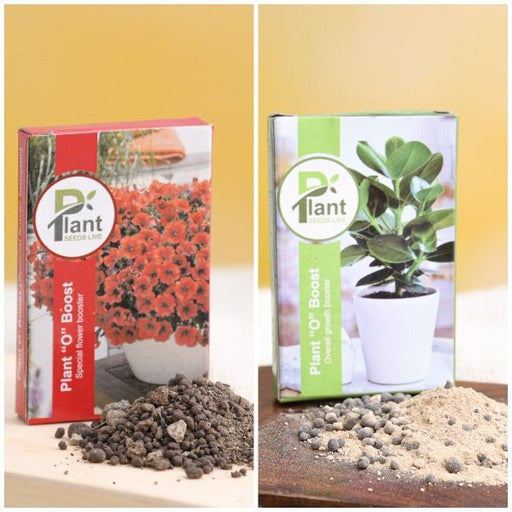
Pack of Plant Growth and Flower Boosters Unlock the full potential of your garden with our Pack of Plant Growth and Flower Boosters! This ...
View full details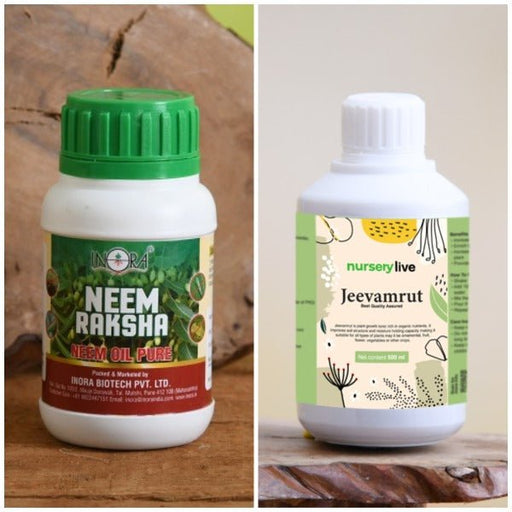 Save 38%
Save 38%
Combo of Jeevamrut and Neem Raksha for Easy Growth and Protection of Houseplants Transform your indoor garden with our exclusive combo of ...
View full details Save 22%
Save 22%
Plant Nutrients Kit (Pack of 16) for a Healthy Garden Transform your garden into a lush paradise with our Plant Nutrients Kit, featuring 1...
View full details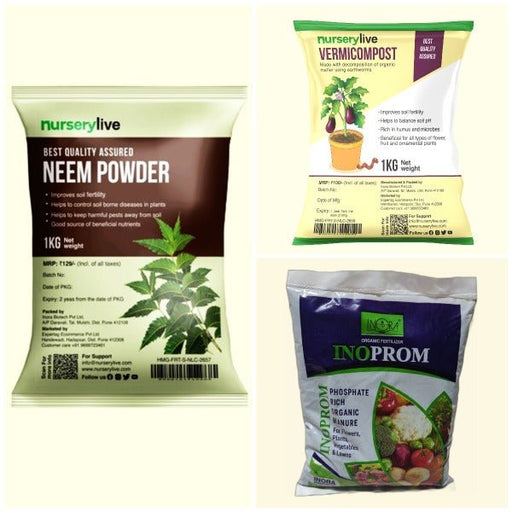 Save 16%
Save 16%
Combo of Top Plant Fertilizers Elevate your gardening game with our exclusive Combo of Top Plant Fertilizers, featuring two bags of premiu...
View full details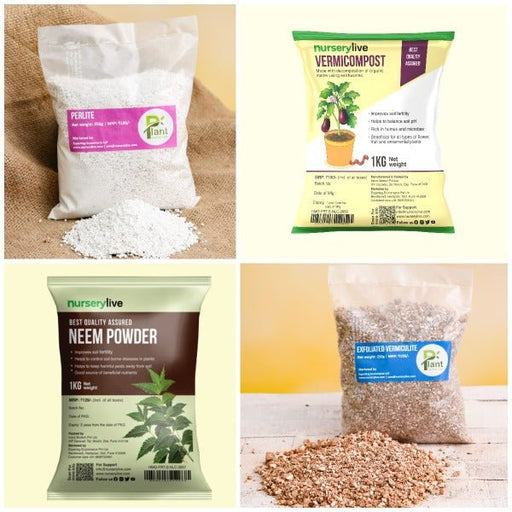 Save 24%
Save 24%
Pack of 4 Additives to Make Soil Healthy and Nutrient Rich Transform your garden into a thriving ecosystem with our Pack of 4 Additives de...
View full details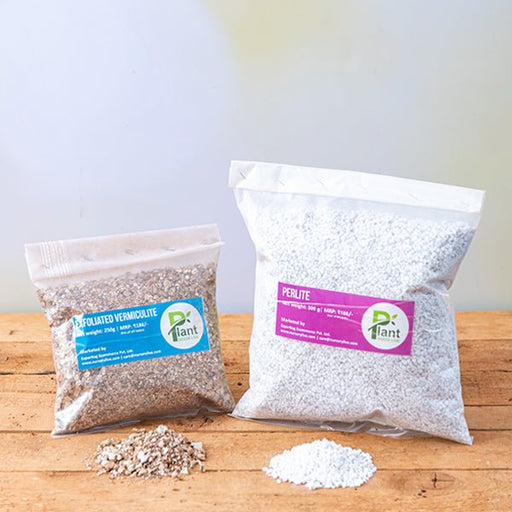 Save 30%
Save 30%
Transform your gardening experience with our premium Combo of Perlite and Vermiculite. This unique blend is designed to enhance soil aeration and ...
View full details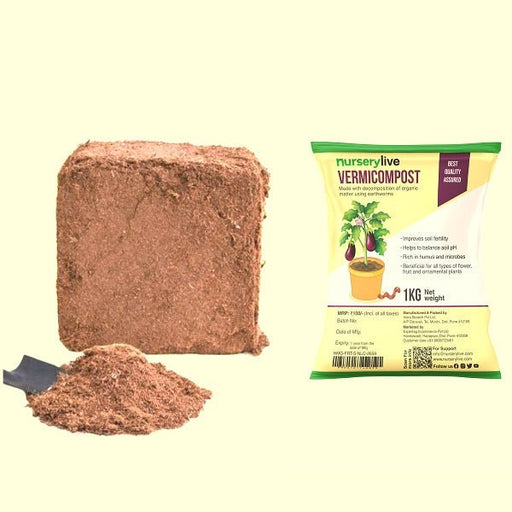 Save 27%
Save 27%
Combo of 2 Vermicompost and Cocopeat - Enrich Your Soil Naturally! Transform your garden into a thriving ecosystem with our Combo of 2 Ver...
View full details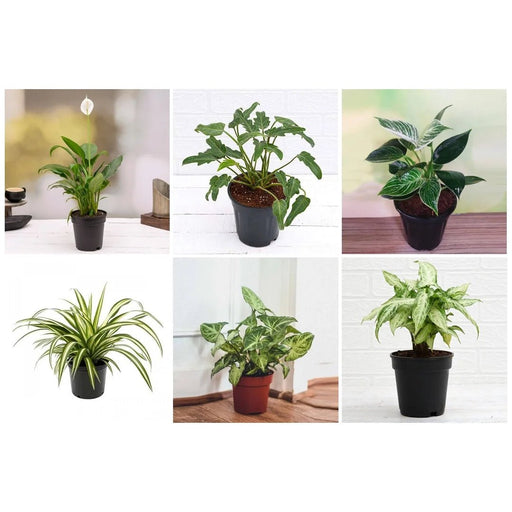
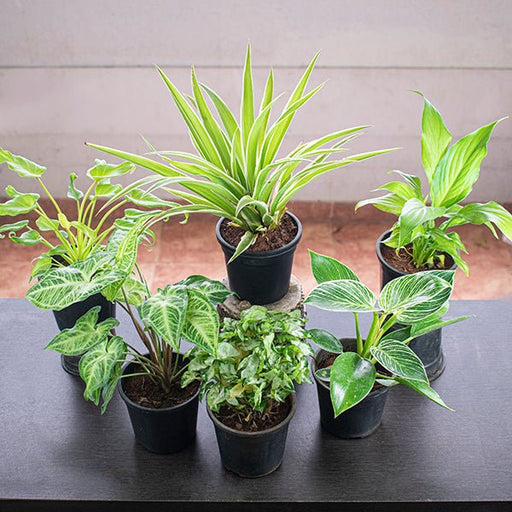 Save 35%
Save 35%
Best 6 Plants for Perfect Indoor Garden Transform your living space into a lush oasis with our curated collection of the Best 6 Plants for a...
View full details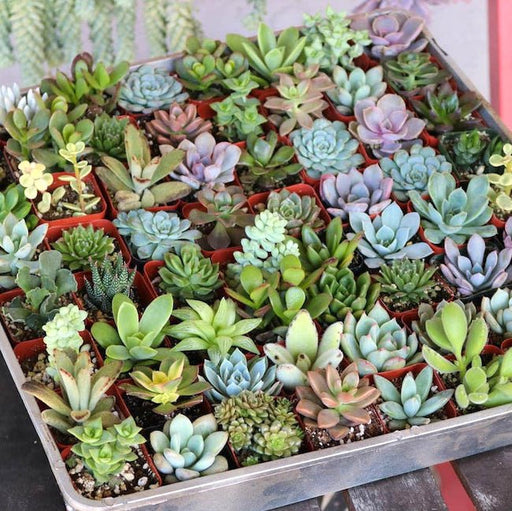
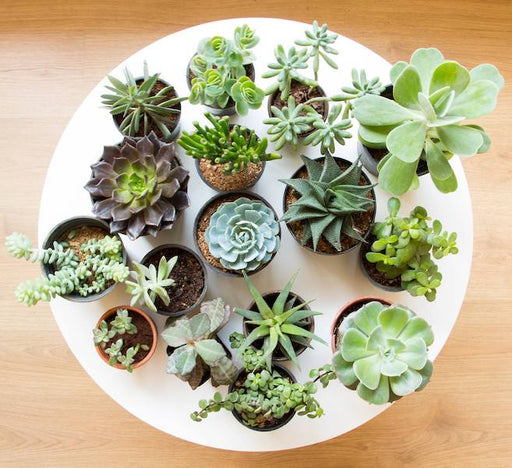 Save up to 50%
Save up to 50%
Mini Succulent Garden Pack Transform your space with our Mini Succulent Garden Pack, featuring a delightful collection of 4 any variety beautiful s...
View full details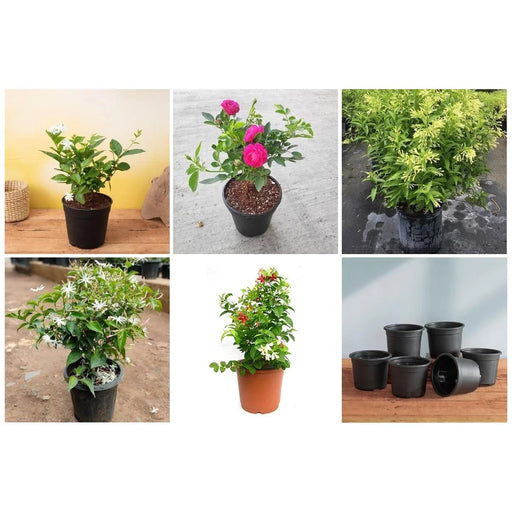
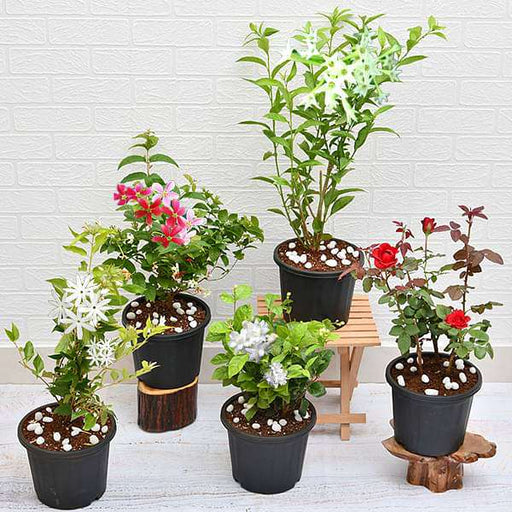 Save 30%
Save 30%
5 Best Fragrant Plants Transform your garden or indoor space into a fragrant paradise with our curated selection of the 5 Best Fragrant Plants. Th...
View full details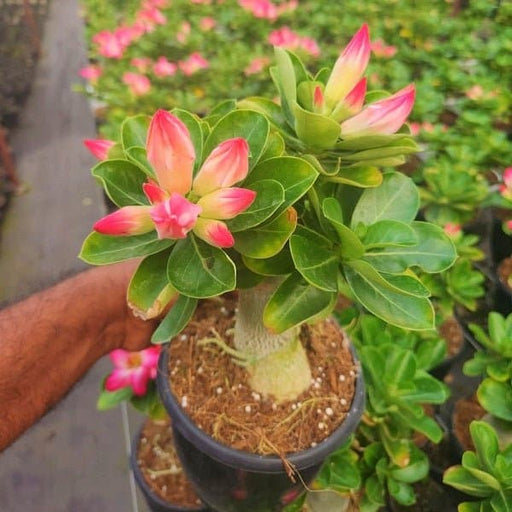
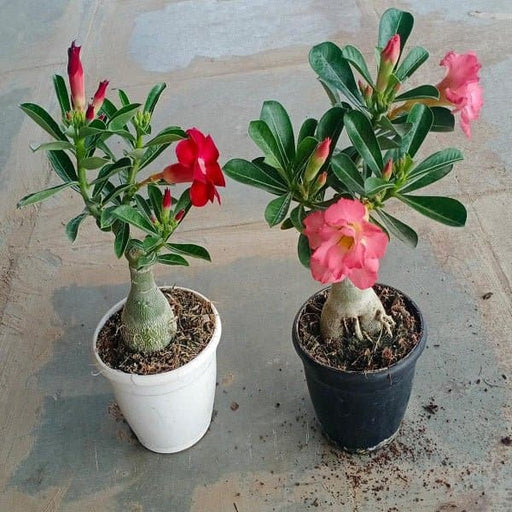 Save 24%
Save 24%
Set of 2 Bonsai Looking Grafted Adeniums Transform your indoor or outdoor space with our exquisite Set of 2 Bonsai Looking Grafted Adenium...
View full details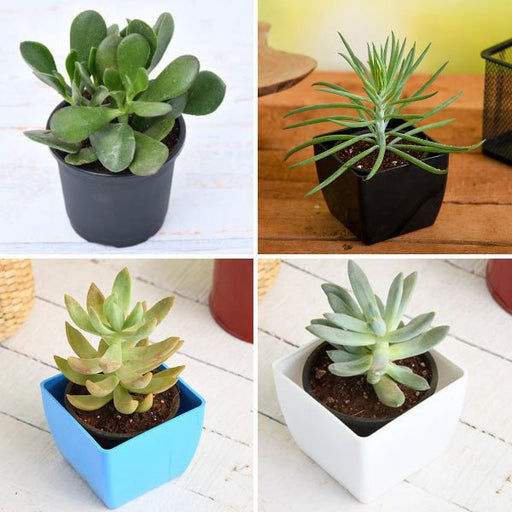 Save 45%
Save 45%
Top 4 Die Hard Succulents Pack Transform your indoor or outdoor space with our Top 4 Die Hard Succulents Pack, featuring a curated selecti...
View full details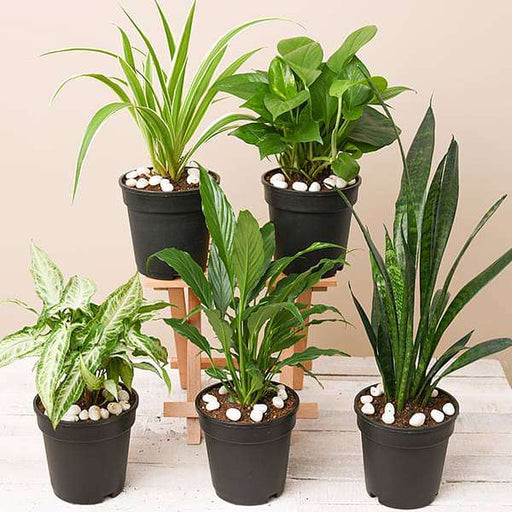
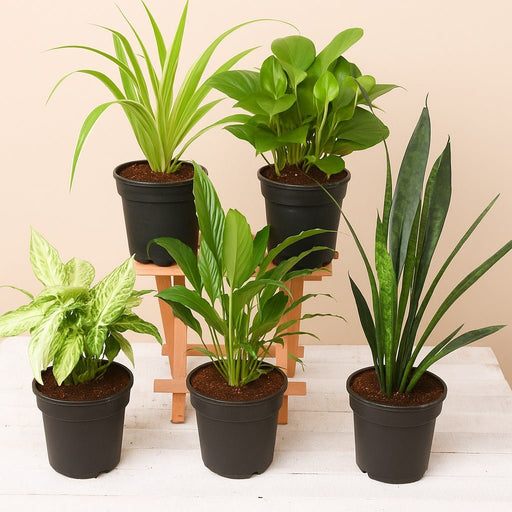 Save 30%
Save 30%
5 Best Indoor Plants Pack Transform your living space into a lush oasis with our '5 Best Indoor Plants Pack.' This carefully curated collection fe...
View full details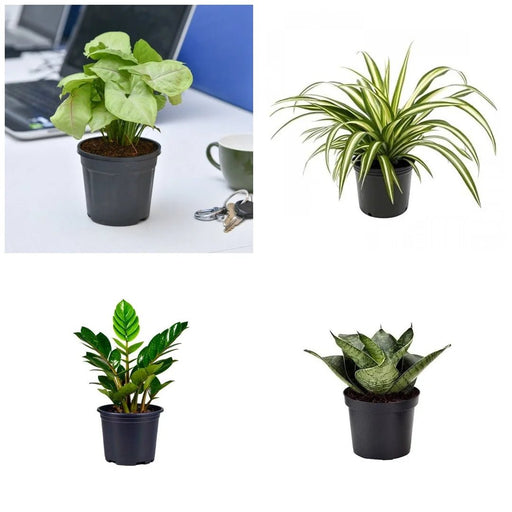
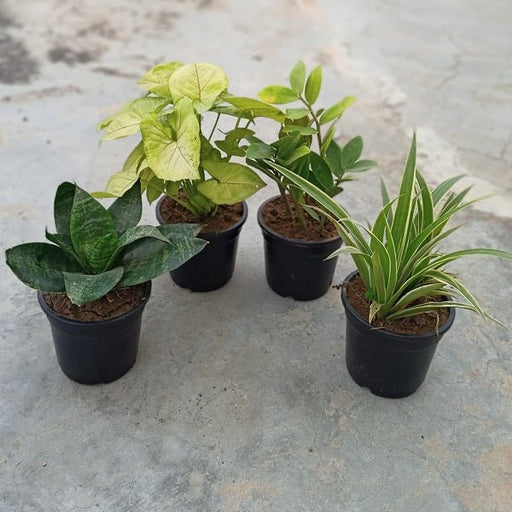 Save 25%
Save 25%
Set of 4 Evergreen Air Purifier Plant Pack Transform your indoor space into a lush, green oasis with our Set of 4 Evergreen Air Purifier Pla...
View full details| SrNo | Item Name |
|---|---|
| 1 | Stapelia species - Plant |
The Stapelia species, commonly known as the Carrion Flower, is a fascinating succulent native to Africa. Renowned for its unique star-shaped flowers, which can reach up to 12 inches in diameter, this plant is a true conversation starter. The flowers emit a strong odor reminiscent of rotting flesh, attracting pollinators like flies, which play a crucial role in its reproduction. With its striking appearance and intriguing scent, the Stapelia species is a must-have for collectors and gardening enthusiasts alike.
What makes Stapelia special is its ability to thrive in arid conditions while showcasing stunning blooms that are both bizarre and beautiful. This plant not only adds an exotic touch to your garden but also serves as a reminder of nature's diversity. Its resilience and low maintenance requirements make it an ideal choice for both novice and experienced gardeners.
One of the standout features of the Stapelia species is its unique pollination strategy. The foul-smelling flowers attract specific insects, ensuring effective pollination. This adaptation highlights the intricate relationships within ecosystems and the importance of biodiversity.
The quirky, succulent stars of the plant world, Stapelia species are known for their bizarre, star-shaped flowers that can make even the most stoic gardener chuckle. These plants hail from the arid regions of Africa, where they’ve perfected the art of looking fabulous while requiring minimal care. With their fleshy leaves and unique blooms, they’re the perfect conversation starters for any plant enthusiast.
Caring for your Stapelia species is like nurturing a diva; they thrive on neglect! These succulents prefer well-draining soil and a sunny spot, but don’t drown them in love (or water). A little neglect goes a long way, and they’ll reward you with their stunning flowers and a healthy dose of sass.
When it comes to flowering plants, Stapelia species are the drama queens of the garden. Their blooms can resemble a cosmic explosion, with colors ranging from deep burgundy to vibrant yellow. These flowers not only catch the eye but also attract pollinators, making them the life of the garden party.
Stapelia species are the perfect candidates for indoor gardening, bringing a touch of the exotic right into your living room. They don’t take up much space and can thrive in a sunny window, making them ideal for those who want to add a bit of flair without sacrificing square footage.
Often mistaken for cacti, Stapelia species belong to the Apocynaceae family, which means they’re more like the cool cousins of the cactus world. They share the same love for dry conditions but bring their own unique flair with those eye-catching flowers.
If you’re looking to attract some buzzing friends to your garden, Stapelia species are your go-to plants. Their funky flowers emit a scent that’s irresistible to certain pollinators, making them the ultimate wingmen for your garden’s ecosystem.
Stapelia species are the champions of drought tolerance, thriving in conditions that would make most plants wilt in despair. Their ability to store water in their fleshy leaves means they can survive long dry spells, making them perfect for the forgetful gardener.
Want to spice up your garden decor? Stapelia species are like the quirky art pieces of the plant world. Their unusual shapes and vibrant flowers can add a touch of whimsy to any garden, making them a must-have for those who appreciate the unconventional.
If you’re not exactly a green thumb, fear not! Stapelia species are the low-maintenance friends you’ve always wanted. With minimal watering and care, they’ll flourish and provide you with stunning blooms without demanding too much of your time.
Stapelia species bring a taste of the exotic right to your doorstep. With their unique appearance and fascinating growth habits, they can transport you to the arid landscapes of Africa without ever leaving your home.
less is more! These plants thrive on neglect, so resist the urge to overwater or fuss over them. A little sunlight and a dash of patience will yield stunning results.
Propagating Stapelia species is like playing plant matchmaker. With a little patience and the right conditions, you can create new plants from cuttings, allowing you to expand your collection or share the love with fellow plant enthusiasts.
Stapelia species are succulent plants known for their star-shaped flowers and unique, often foul odor. Native to Africa, these quirky plants thrive in arid conditions and can be a conversation starter in any garden. Just be prepared for the occasional visitor—like flies—who are drawn to their delightful scent!
Caring for Stapelia species is a breeze! They love bright light and well-draining soil, so think desert vibes. Water sparingly, allowing the soil to dry out between drinks. Just remember, overwatering is their nemesis, and they prefer to be on the dry side—like a cactus on a diet!
Stapelia species typically bloom in late spring to summer, showcasing their stunning flowers. These blooms can be quite the spectacle, often resembling a starfish or a bizarre alien life form. Just be patient; good things come to those who wait, especially when it comes to these floral oddities!
Ah, the infamous Stapelia scent! Their flowers often emit a pungent odor reminiscent of rotting meat. This delightful aroma attracts pollinators like flies, making them the life of the party in the plant world. So, if you’re looking for a plant that doubles as a conversation starter, Stapelia is your go-to!
Absolutely! Stapelia species can thrive indoors, provided they get enough sunlight. Place them near a bright window, and they’ll be happy as clams. Just remember to keep the watering can at bay—these plants prefer a little neglect over drowning. They’re the introverts of the plant world!
Stapelia species thrive in well-draining soil, ideally a cactus or succulent mix. Think sandy, gritty, and free of moisture-retaining ingredients. They’re not fans of soggy roots, so a little drainage goes a long way. It’s like giving them a sandy beach vacation—minus the sunscreen!
Watering Stapelia species is like a game of “less is more.” During the growing season, a good soak every two to three weeks is sufficient. In winter, let them hibernate and skip the watering altogether. They prefer to sip sparingly, like a plant on a juice cleanse!
Good news for pet lovers! Stapelia species are generally non-toxic to cats and dogs. However, just because they’re safe doesn’t mean your furry friends will appreciate their unique aroma. Keep an eye on curious noses; they might not be fans of the “meat” scent!
Propagating Stapelia species is as easy as pie! Simply take a healthy stem cutting, let it callous over for a few days, and then plant it in well-draining soil. Water sparingly, and soon you’ll have a mini Stapelia army ready to take over your garden!
Stapelia species can attract pests like mealybugs and aphids, but fear not! A gentle spray of insecticidal soap or neem oil can send them packing. Keep an eye out for these uninvited guests, and your Stapelia will thrive without the drama of a pest invasion!
Stapelia species can survive winter, but they prefer to be cozy! Keep them in a warm, dry spot away from frost. Reduce watering during the colder months, allowing them to rest. Think of it as their winter vacation—no snow, just sunshine and a little less water!
You can find Stapelia species at local nurseries, garden centers, or online plant shops. Just be sure to check the seller’s reputation—after all, you want a healthy plant, not a wilted wallflower. With a little luck, you’ll soon have your very own Stapelia star in your collection!